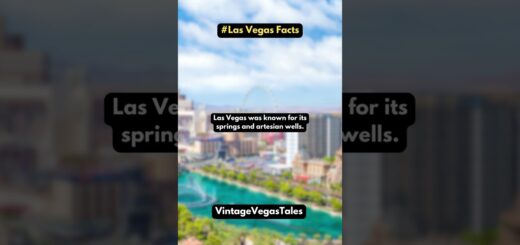THE CAR PARK GRAND PRIX! The Story of the Caesar’s Palace Circuit (1981-1984)
During the early 1980s, Formula 1 racing took a detour from its traditional circuits and staged a grand prix event in the parking lot of the iconic Caesar’s Palace hotel in Las Vegas, Nevada. The unique and unconventional layout of the circuit earned it the nickname “The Car Park Grand Prix” and added a new chapter to the history of the sport.
The Caesar’s Palace Grand Prix was first held in 1981 and marked the debut of the makeshift track. The track layout consisted of tight and twisty corners with minimal run-off areas, making it a challenging and unforgiving circuit for the drivers. The event quickly became a spectacle, with the glamorous backdrop of the Las Vegas strip providing an electrifying atmosphere.
The inaugural race saw Brazilian driver Nelson Piquet emerge victorious, driving for the Brabham team. The victory made Piquet the first winner of the Caesar’s Palace Grand Prix and added to his impressive resume in the world of Formula 1.
The following year, the race returned to the Caesar’s Palace car park, with the championship on the line for several drivers. The 1982 event proved to be a pivotal moment in the season, as Keke Rosberg secured the world championship title after a hard-fought battle with his competitors. The victory at the Car Park Grand Prix solidified Rosberg’s status as a legend in the sport and added to the allure of the unique venue.
The Caesar’s Palace Circuit continued to host the Formula 1 race for two more years, with the 1983 and 1984 events providing thrilling on-track action and memorable moments for the fans. While the circuit itself posed many challenges, it also showcased the adaptability and skill of the drivers as they navigated the tight corners and fast straights.
Despite the excitement and buzz surrounding the Car Park Grand Prix, the event ultimately came to an end after the 1984 season. The unique venue had its limitations, and the financial aspects of organizing a race in a parking lot proved to be unsustainable in the long run.
While the Caesar’s Palace Circuit may not have had the longevity of other famous Formula 1 tracks, its legacy continues to live on as a reminder of the sport’s willingness to experiment and embrace unconventional venues. The Car Park Grand Prix remains a cherished chapter in the history of Formula 1 racing and serves as a testament to the spirit of innovation and excitement that defines the sport.




 Free Casino Slot Online – The best things in life are free, like our slots!
Free Casino Slot Online – The best things in life are free, like our slots!